A hybrid solution is created when private (on-premises) and public (off-premises) services are used together.
Written by Ashok K. Iyengar
Editor’s note: This article is an excerpt from the book IBM Cloud Platform Primer.
A hybrid is a mixture or fusion of two different elements. Hybrid cars, for example, are a combination of a gasoline engine and an electric motor, with both having the ability to propel the vehicle. A hybrid cloud combines the resources available in a private cloud with those in the public cloud while both continue to function as independent and unique entities. Thus, a hybrid cloud offers the benefits of multiple deployment models. Why not use just a public cloud or a private cloud? The answer lies in economics, speed, and privacy, which are the major forces that drive enterprises to hybrid cloud solutions.
Note: A private cloud that uses public cloud services and has one or more touch points to the public cloud is the genesis of a hybrid cloud solution.
A better definition would be to use the terms on-premises and off-premises to describe the location of the services. A hybrid solution is created when private (on-premises) and public (off-premises) services are used together. For example, a company using a Software as a Service (SaaS) application that accesses the private data in the company’s data center is using a hybrid cloud solution. Another example is using a public cloud development platform such as IBM Bluemix to create an app that also accesses private data from an on-premises database. Some data can be public and stored in the public cloud, but other data, for compliance and privacy reasons, has to be secured, which means it resides in a private store or on-premises.
The public cloud and private cloud communicate with each other over a secure encrypted connection. Thus, companies can store private data in a private cloud and use it in an app that leverages computational resources from a public cloud. Figure 1 shows the classic depiction of a hybrid cloud. The Layer 2 connection means that on either end of the connection the same subnet/VLAN exists and is used as the data link.
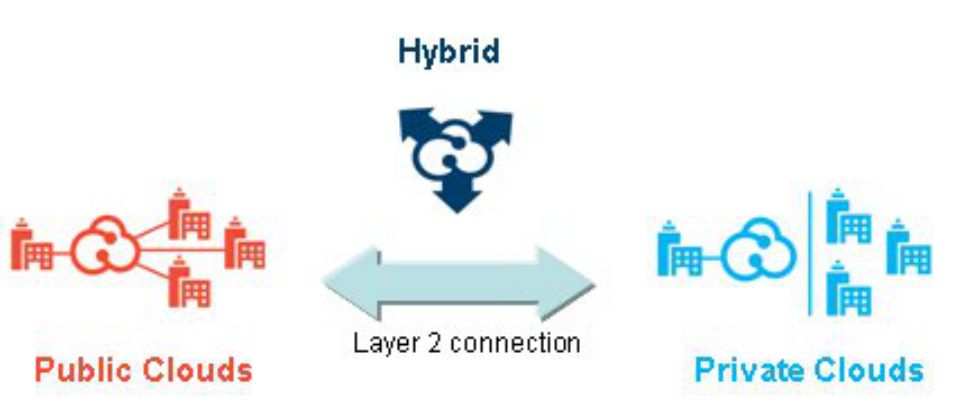
Figure 1: Hybrid cloud depiction
Note: The seven layers of the Open Systems Interconnection (OSI) model are:
- Layer 7: application layer
- Layer 6: presentation layer
- Layer 5: session layer
- Layer 4: transport layer
- Layer 3: network layer
- Layer 2: data link layer
- Layer 1: physical layer
Scaling the cloud delivery model to an Internet scale is best achieved by improvements in the layers 4-7 infrastructure.
Hybrid cloud models are offered by several different types of cloud providers. A private cloud provider may offer a hybrid cloud by teaming up with a public cloud provider. A case in point is Apprenda, which teams up with Microsoft Azure. A single cloud provider may offer both public and private clouds, as does IBM. Or organizations that manage their own private cloud may sign up for a public cloud service, which they then integrate into their infrastructure, resulting in a hybrid cloud.
Note: Information is never an all-or-nothing scenario. You keep some information within your private domain, and the rest is open to the public. That is as true in cloud computing as it is in life.
Hybrid Cloud Topologies
Because the public IBM Bluemix platform and IBM Bluemix Dedicated runtimes and services are hosted on the same data center and operate in the same SoftLayer infrastructure, the combined solution of public and dedicated Bluemix doesn’t fall into the category of a hybrid cloud solution. A hybrid solution must have an on-premises component that exchanges data with an off-premises resource.
Figure 2 depicts several topologies that use some of the products mentioned in this book and do qualify as hybrid clouds, such as PureApplication System making use of services running in Bluemix, public Bluemix using data from a database server in the data center, and an application running in the SoftLayer public cloud while accessing a secure back-end system on-premises. One example in Figure 2 depicts PureApplication Service on SoftLayer interacting with PureApplication System. The next section talks about PureApplication Service.

Figure 2: Sample hybrid cloud topologies
Hybrid cloud solutions provide many advantages for enterprises, but there are certain scenarios in which they don’t work. For example, a hybrid cloud solution is not a good idea for mission-critical operations or when enterprises are afraid to send sensitive data over a public network. But the pros usually seem to outweigh the cons, hence the explosion of vendors offering hybrid cloud solutions. From a cost perspective, hybrid clouds are more expensive than public clouds but less costly than private clouds. Probably the best scenario is to have a private cloud that runs normal workloads and has bursting capability to the public cloud when there is scale-up demand.
PureApplication Service on SoftLayer
IBM PureApplication System provides a way to virtualize, dispense, optimize, and monitor software applications in the cloud. Preconfigured and preoptimized topologies that are packaged as patterns in a hypervisor image lie at the core of this expert integrated system or converged system.
Note: A pattern in this context is a logical description of both physical and virtual assets that together provide a particular solution.
Figure 3 shows the three form factors of PureApplication: System, Service, and Software. PureApplication Software can be installed on any hardware running VMware.
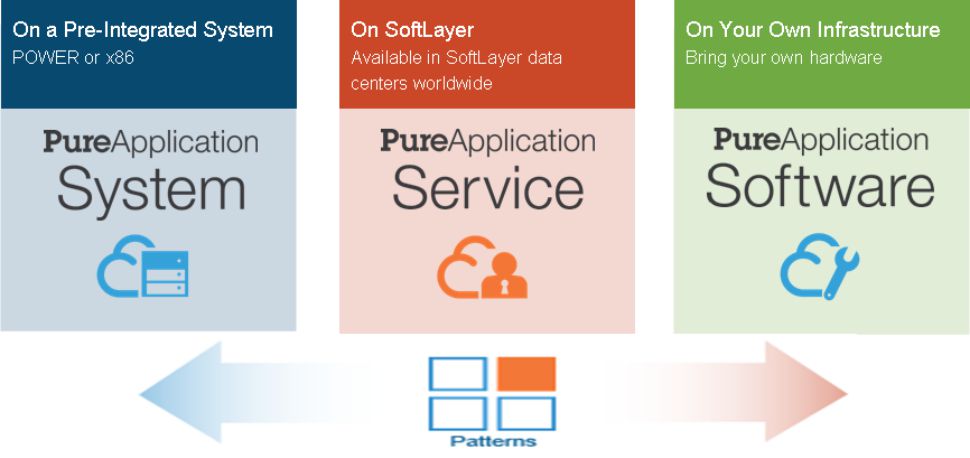
Figure 3: PureApplication form factors
The PureApplication Service is built with dedicated SoftLayer hardware, which includes its own compute, network, and storage components to achieve complete application isolation. The workload interface is identical to that of PureApplication System, which allows for portability of software patterns across on-premises and off-premises clouds without the need to redesign solutions.
PureApplication Service consists of three main components:
- PureApplication Service infrastructure, which includes dedicated bare-metal servers of from 4 to 16 cores
- PureApplication Service platform, which includes PureApplication monitoring and management with the pattern engine
- Pattern workloads, which are individual software patterns for specific workloads
Before you can use PureApplication Service, the required software must have been uploaded to the SoftLayer catalog. Additionally, the system administrator, or whoever has the necessary authority, must on-board you and provide the login credentials you need to access the system. On-boarding a user means establishing a user account that is totally isolated from other users, populating the user account with one or more dedicated and isolated instances and with storage, and deploying required patterns from the catalog into the user’s environment.
Note: Each SoftLayer Server instance comes with 1 TB of storage, with the option to add more in increments of 1 TB.
Figure 4 shows three user accounts created with varying server instances and storage. Client1 and Client3 are close to SoftLayer Site A and thus are tethered to Datacenter A, while Client2 is provisioned at Datacenter B.
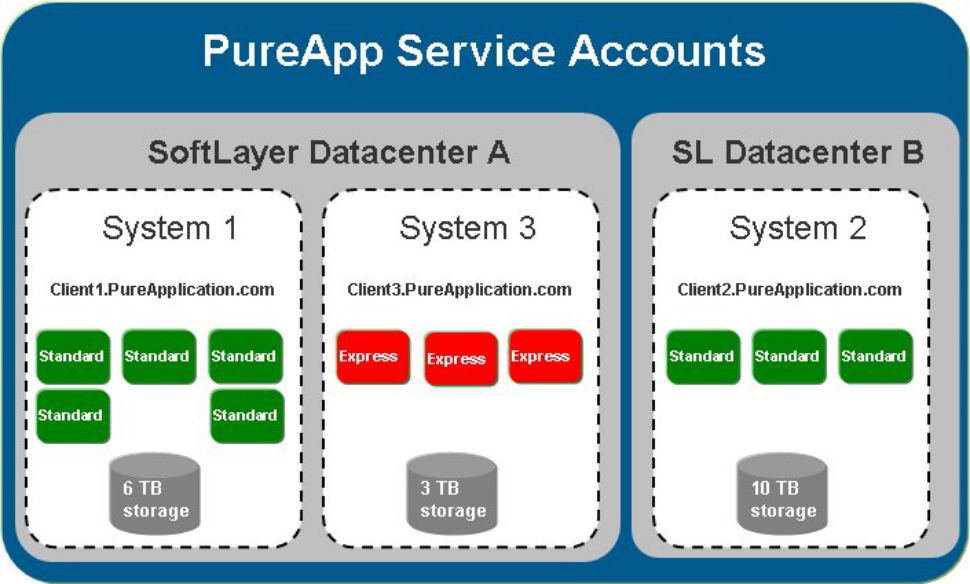
Figure 4: PureApplication Service accounts
PureApplication infrastructure on SoftLayer is available in three configurations, known as eSeries, mSeries, and sSeries. Figure 5 shows the details for those configurations. Because of the dynamic nature of the cloud, it is always recommended that you double-check the available configurations with your SoftLayer administrator.
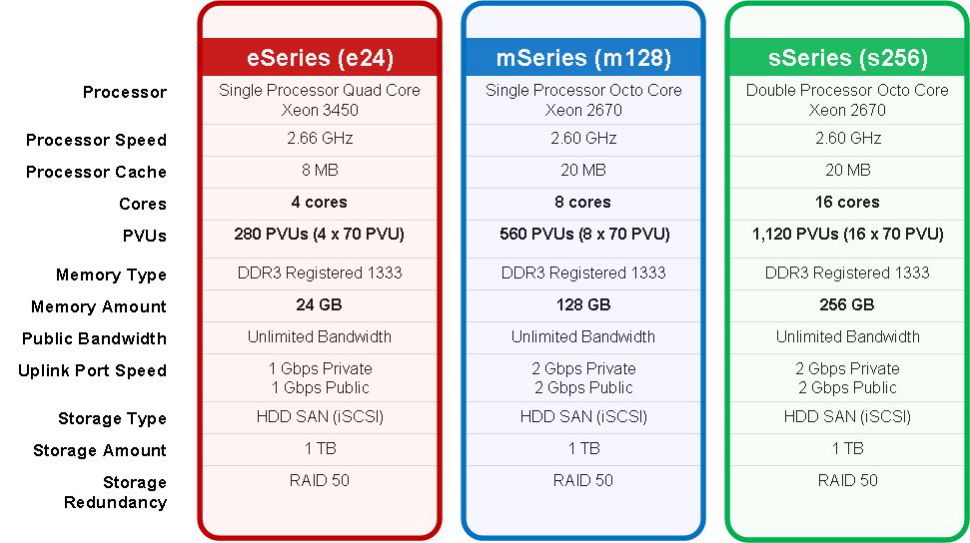
Figure 5: PureApplication configurations on SoftLayer
From an architecture perspective, let’s take a look at how things are set up with PureApplication Service on SoftLayer. As Figure 6 illustrates, one or more virtualized environments are configured and managed by IBM. On each environment, the client can deploy patterns using a certain cloud group and IP group. After a successful deployment, the client can install and manage the workloads.
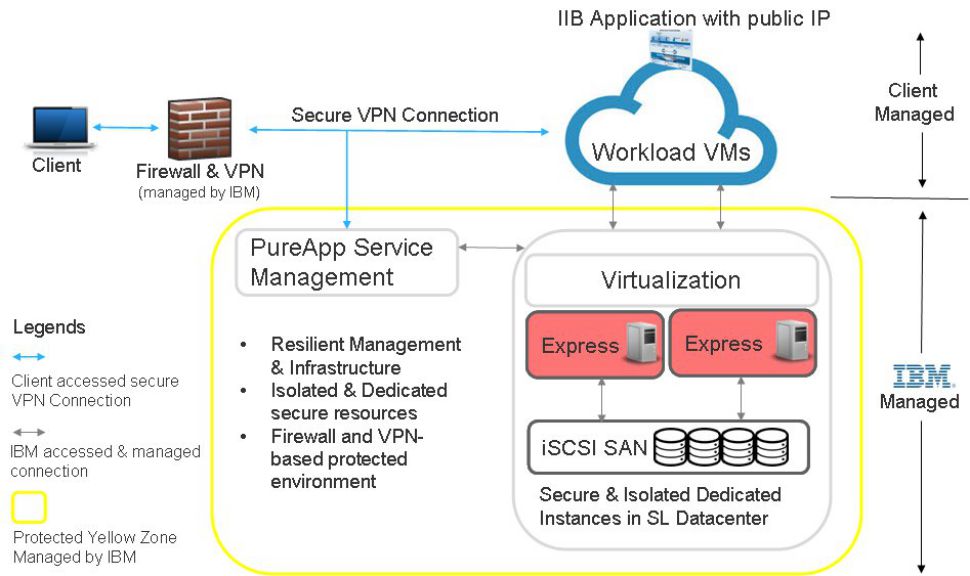
Figure 6: PureApplication Service on SoftLayer details
Note: The cloud shape in Figure 6 indicates the IBM intranet, and the large rectangular outlined area is the IBM extranet.
Once a customer understands the infrastructure details, the next question that normally arises is what software, if any, are PureApplication Service users entitled to? Details and white papers explaining the entitled and preloaded software products and services that are included in the price of PureApplication Service are available at www.ibm.com/ibm/puresystems/us/en/hybrid-cloud.















 Business users want new applications now. Market and regulatory pressures require faster application updates and delivery into production. Your IBM i developers may be approaching retirement, and you see no sure way to fill their positions with experienced developers. In addition, you may be caught between maintaining your existing applications and the uncertainty of moving to something new.
Business users want new applications now. Market and regulatory pressures require faster application updates and delivery into production. Your IBM i developers may be approaching retirement, and you see no sure way to fill their positions with experienced developers. In addition, you may be caught between maintaining your existing applications and the uncertainty of moving to something new. IT managers hoping to find new IBM i talent are discovering that the pool of experienced RPG programmers and operators or administrators with intimate knowledge of the operating system and the applications that run on it is small. This begs the question: How will you manage the platform that supports such a big part of your business? This guide offers strategies and software suggestions to help you plan IT staffing and resources and smooth the transition after your AS/400 talent retires. Read on to learn:
IT managers hoping to find new IBM i talent are discovering that the pool of experienced RPG programmers and operators or administrators with intimate knowledge of the operating system and the applications that run on it is small. This begs the question: How will you manage the platform that supports such a big part of your business? This guide offers strategies and software suggestions to help you plan IT staffing and resources and smooth the transition after your AS/400 talent retires. Read on to learn:
LATEST COMMENTS
MC Press Online